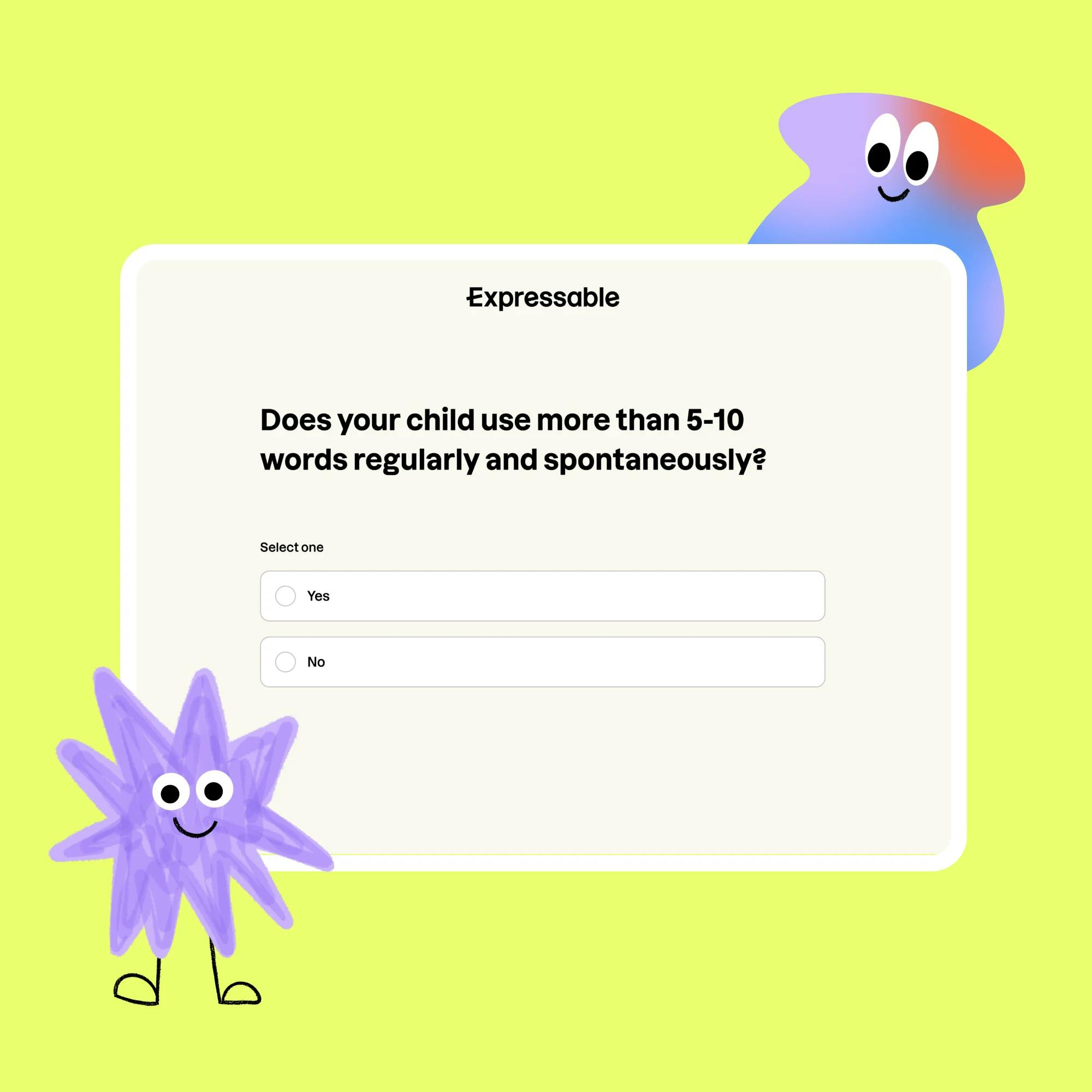Is picky eating normal? Should I be concerned? If you have a toddler or young child, you may find yourself wondering this. But if your kiddo seems to be subsisting on fruit, crackers, and mac and cheese, you’re in good company!
It can be stressful trying to manage your children’s daily nutritional needs while balancing work, school, and the rest of life. Here’s what you need to know about the causes of picky eating, when feeding therapy might be needed, and how to support your child in trying new foods.
Expert feeding support for kids
Feeding therapy helps make mealtimes safer and more positive. Our feeding program supports your family from the comfort of your home.
 Get started
Get startedWhat is a picky eater?
How do you know if your child is a picky eater? A picky eater eats a limited variety of foods and resists trying new foods. For example, a picky eater might eat the same food over and over while refusing any other foods.
Is it normal for kids to be picky eaters? Research has shown that picky eating can occur in up to 59% of children. That’s a lot! Picky eating is often considered “developmentally appropriate.” This means that it’s something many children experience, in this case between the ages of 2 and 4 years. In many cases, this picky eating will go away on its own.
However, if a child eats fewer than 20 foods, they are considered to be “hyperselective.” Typically developing children often become hyperselective around 5 to 7 years old. A hyperselective diet is what you may think of as a “child’s diet” (chicken nuggets, french fries, pizza, buttered pasta–typical “kids’ menu” foods).


When should you be concerned about picky eating?
Although this is considered developmentally appropriate at a certain age, the problem occurs when the child has a “fight or flight” response when exposed to new or non-preferred foods. Examples of this response include running away, hiding, panicking, or shutting down. This may be a sign of a sensory feeding issue, which would likely benefit from treatment with a speech-language pathologist who specializes in that area.
For example, some children may respond negatively to certain food textures. This is called sensory aversion. A speech-language pathologist, also known as a speech therapist, can help the child decrease these negative responses to foods.


What causes picky eating?
Did you know that a toddler’s rate of growth significantly slows after they turn 2? This means your child is likely eating less food overall once they’re 2 years old. They’re more likely to fill up on smaller amounts of food. So that chicken nugget, handful of Goldfish crackers, piece of cheese, and yogurt pouch they had today? They’re probably perfectly satisfied.
Once they turn 2, a child is more likely to fill up on smaller amounts of food.
In addition, many children love to drink milk. But if they drink too much milk, they’re less likely to want to eat because their hunger is already satisfied. Try not to let your child snack all day or fill up on milk so they can come to mealtimes hungry. (Note: According to the American Academy of Pediatrics, the recommended daily serving of milk in children over 2 years of age is 16 to 20 ounces per day.)


Another factor to consider is fear or anxiety around trying new foods. Many times, the reason a child resists trying new foods is related to:
Fear of not knowing how the food is going to taste
Negative thoughts or memories related to certain foods
Worry that it could make them sick, such as by causing an allergic reaction or constipation
If a child is experiencing medical issues related to a certain food, they most likely won’t want to eat it any more!

How to help your picky eater try new foods
Here are some ways you can support your picky eater and encourage them to try new foods:
Offer preferred foods every other day, instead of every day. This helps to avoid burnout.
Make small changes to preferred foods, such as changing the shape or texture. Melt your child’s favorite cheese on toast, introduce a different shape of pasta, or squeeze a yogurt pouch into a bowl.
Create a food-positive environment. Use positive, calm, and supportive language to reduce the pressure to try new foods. For example, instead of saying “Try it, you’ll like it!,” try saying “This is a food we’re learning about.”
Quick demo: Try this with your picky eater
Watch hereServe new or non-preferred foods in small portions. This helps to avoid a potential fight or flight response.
Encourage your child to learn about the food(s) in new ways. Talk about the food using descriptive, child-friendly language. What does it look like? What does it smell like? What does it feel like?
Offer a “learning plate” or “all-done bowl”–a place where the child can move non-preferred or new foods if they don’t want it on their plate. This reduces your child’s stress of being exposed to new or unfamiliar foods.
Get your child involved. Have them help you create a grocery list, and take them shopping.


When is therapy needed for picky eating?
If your child is a picky eater, you are not alone. Although picky eating can be considered developmentally appropriate, it’s important to know when professional intervention is needed. Here are some signs that it may be worth contacting a speech therapist:
Your child eats very limited foods or only eats certain foods (e.g., only McDonald’s chicken nuggets)
Your child consistently panics or shuts down when presented with new or non-preferred foods
Your child frequently gags when trying new or non-preferred foods
You can also take our easy online speech, language, and feeding quiz to determine if your child could benefit from an evaluation.
Treatment with a speech therapist who specializes in feeding can make a big difference in your child’s experience with food. Speech therapists can support children and families who struggle with expanding their diet in a safe, respectful manner.
Feeding therapy is extremely individualized, so reach out to a speech therapist if you're concerned. However, an important note: If your child is losing weight or you are concerned about malnutrition, be sure to speak with your pediatrician.
How Expressable Can Help
Concerned your child isn't reaching age-expected milestones? Looking for communication support from a professional? Expressable is a national online speech therapy practice serving children and adults. We treat all major areas of communication and feeding, offer flexible hours including evenings and weekends, and accept most major health insurance plans. We’re proud to have earned more than 3,000 5-star reviews from our clients (4.9/5 average).
Our therapy model is centered on parent and caregiver involvement. Research proves that empowering caregivers to participate in their loved one’s therapy leads to better outcomes. That’s why we combine live, 1-on-1 speech therapy with personalized education and home practice activities for faster progress.
Communication is more than words. It’s how we share how we feel and show who we are. We’re here to help you or your child do just that.

 Alexis Irazoque, M.S., CCC-SLP
Alexis Irazoque, M.S., CCC-SLP











